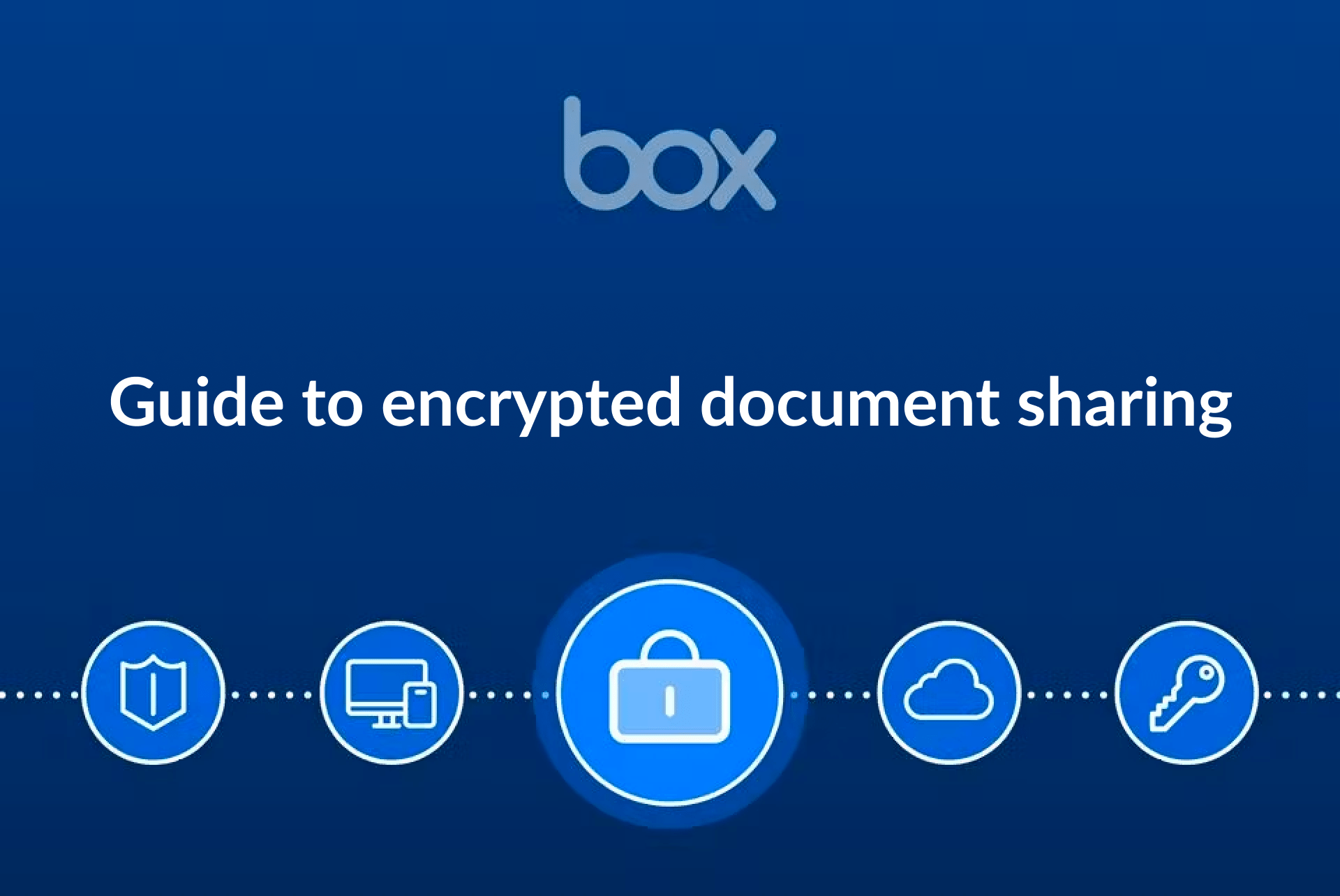Encrypted Document Sharing for Finance Companies: Ensuring Data Security and Confidentiality
Embarking on the realm of Encrypted document sharing for finance companies, one delves into the vital landscape of safeguarding sensitive financial information. This practice not only mitigates risks but also fosters trust and reliability in the industry.
Exploring the nuances of encryption in document sharing reveals a world where data integrity and client confidentiality take center stage.
Importance of Encrypted Document Sharing for Finance Companies

Finance companies deal with highly sensitive financial information on a daily basis, making the need for encrypted document sharing paramount in ensuring data security and confidentiality.
Risks of Unencrypted Document Sharing
Sharing sensitive financial information without encryption exposes finance companies to various risks, including:
- Unauthorized access: Hackers or malicious entities can intercept unencrypted documents, leading to potential data breaches.
- Data leaks: Without encryption, there is a higher chance of accidental data leaks or unauthorized sharing of confidential information.
- Compliance violations: Failure to secure financial data through encryption can result in non-compliance with industry regulations and data protection laws.
Examples of Data Breaches in the Finance Industry
Several data breaches in the finance industry have been attributed to the lack of encrypted document sharing, such as:
- Equifax Data Breach (2017): Over 147 million consumers' personal and financial information was compromised due to unencrypted data.
- JPMorgan Chase Data Breach (2014): Hackers gained access to sensitive customer data through unencrypted servers, affecting millions of accounts.
- Capital One Data Breach (2019): A hacker exploited a misconfigured firewall to access unencrypted data, compromising the personal information of over 100 million customers.
Benefits of Implementing Encrypted Document Sharing
Implementing encrypted document sharing for finance companies offers numerous advantages in terms of security, confidentiality, and client trust.
Enhanced Security Levels
Using encryption for sharing financial documents provides a high level of security compared to traditional methods. Encrypted documents are protected with complex algorithms, making it extremely difficult for unauthorized parties to access or decipher the information.
Confidentiality Assurance
Encrypted document sharing ensures that sensitive financial information remains confidential throughout the sharing process. This helps finance companies maintain the trust of their clients by safeguarding their data from potential breaches or leaks.
Client Trust and Confidence
By implementing encrypted document sharing practices, finance companies can enhance client trust and confidence. Clients feel reassured knowing that their financial information is being handled with the utmost care and security measures in place, leading to stronger relationships and long-term partnerships.
Encryption Technologies for Document Sharing

Encryption plays a crucial role in securing sensitive financial documents shared by finance companies. Various encryption technologies are utilized to ensure the confidentiality and integrity of the information exchanged.
Popular Encryption Technologies
- Advanced Encryption Standard (AES): Widely used symmetric encryption algorithm that provides strong security for data at rest or in transit.
- Rivest-Shamir-Adleman (RSA): Asymmetric encryption algorithm commonly used for secure key exchange and digital signatures.
- Transport Layer Security (TLS): Protocol that ensures secure communication over networks by encrypting data during transmission.
End-to-End Encryption Process
End-to-end encryption ensures that only the sender and the recipient can access the shared financial documents. The data is encrypted on the sender's device and decrypted on the recipient's device, preventing unauthorized access in between.
Role of Encryption Keys
Encryption keys are essential components in securing shared financial documents. They are used to encrypt the data before transmission and decrypt it upon receipt. Without the correct encryption keys, the information remains unintelligible to unauthorized parties, ensuring confidentiality.
Best Practices for Secure Document Sharing in Finance

Secure document sharing within finance organizations is crucial to protect sensitive financial data from unauthorized access. Implementing best practices can help minimize risks and ensure the confidentiality of information.
Protocols for Secure Document Sharing
- Use encryption tools to secure documents before sharing them online or through email.
- Establish user authentication protocols to control access to sensitive financial data.
- Implement role-based access controls to restrict document access based on job roles and responsibilities.
- Regularly monitor document sharing activities to detect any unauthorized access or suspicious behavior.
Tips for Employees on Securely Sharing Sensitive Financial Data
- Avoid sharing sensitive financial data over unsecured networks or public Wi-Fi connections.
- Use strong passwords and two-factor authentication for accessing document sharing platforms.
- Avoid downloading documents on personal devices and use secure platforms provided by the organization.
- Educate employees on the importance of data privacy and security protocols when sharing financial information.
Importance of Regular Security Audits and Updates
- Conduct regular security audits to identify vulnerabilities in document sharing systems and address them promptly.
- Update encryption technologies and security protocols to stay ahead of evolving cyber threats.
- Train employees on the latest security measures and best practices for secure document sharing.
- Collaborate with IT professionals to ensure compliance with industry regulations and standards for data protection.
Concluding Remarks
In conclusion, Encrypted document sharing for finance companies stands as a cornerstone in the realm of data security, offering a shield against potential breaches and instilling a sense of assurance among stakeholders. By prioritizing encryption, finance organizations can navigate the digital landscape with confidence and resilience.